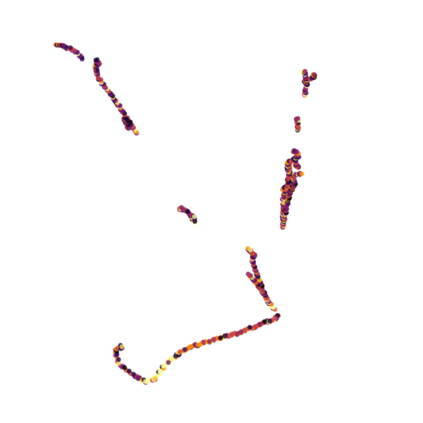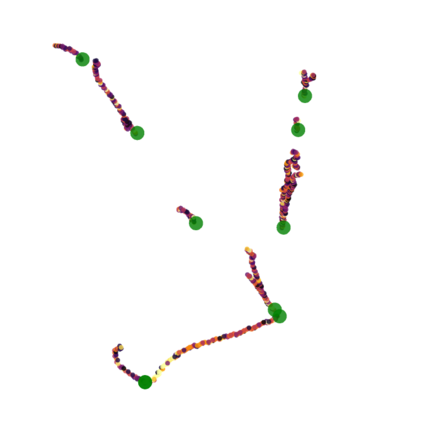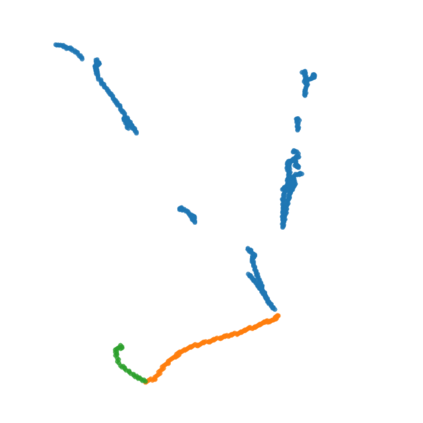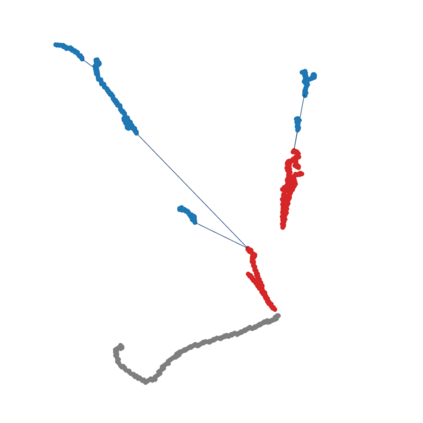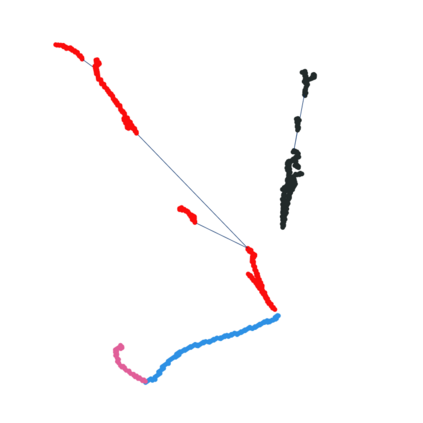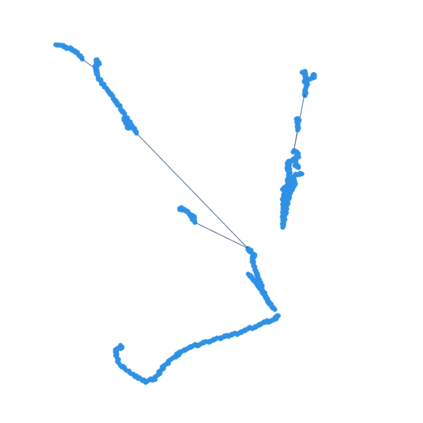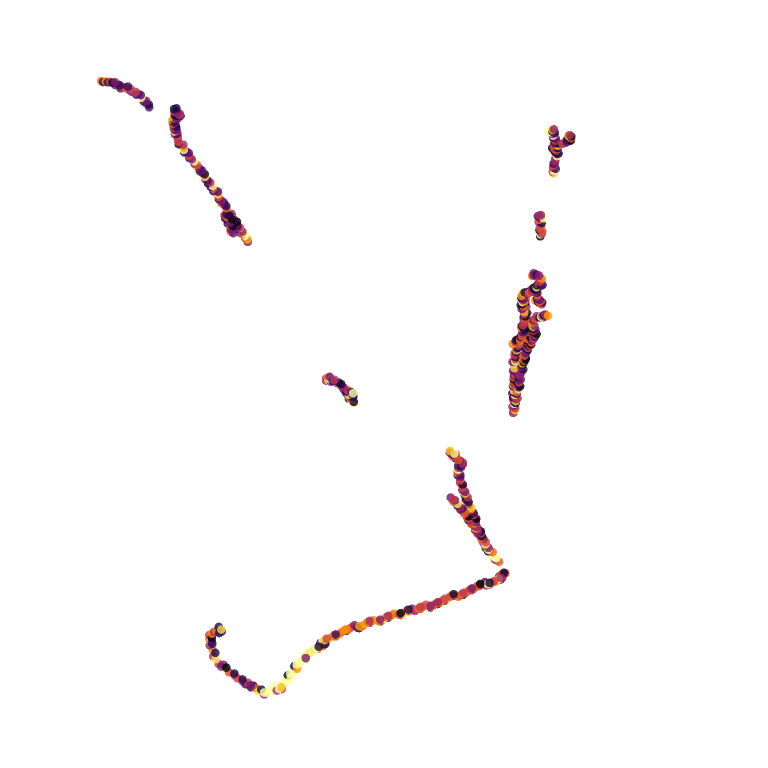Recent inroads in Computer Vision (CV) and Machine Learning (ML) have motivated a new approach to the analysis of particle imaging detector data. Unlike previous efforts which tackled isolated CV tasks, this paper introduces an end-to-end, ML-based data reconstruction chain for Liquid Argon Time Projection Chambers (LArTPCs), the state-of-the-art in precision imaging at the intensity frontier of neutrino physics. The chain is a multi-task network cascade which combines voxel-level feature extraction using Sparse Convolutional Neural Networks and particle superstructure formation using Graph Neural Networks. Each algorithm incorporates physics-informed inductive biases, while their collective hierarchy is used to enforce a causal structure. The output is a comprehensive description of an event that may be used for high-level physics inference. The chain is end-to-end optimizable, eliminating the need for time-intensive manual software adjustments. It is also the first implementation to handle the unprecedented pile-up of dozens of high energy neutrino interactions, expected in the 3D-imaging LArTPC of the Deep Underground Neutrino Experiment. The chain is trained as a whole and its performance is assessed at each step using an open simulated data set.
翻译:计算机视野(CV)和机器学习(ML)最近的进展激发了一种分析粒子成像检测数据的新办法。与以前处理孤立的CV任务的努力不同,本文件介绍了一个以ML为基础的液压时投影室(LArTPCs)端到端的数据重建链,这是中子物理强度前沿精确成像的最先进的。该链是一个多任务网络级联,它结合了利用Sparse 进化神经网络的蒸气级特征提取和利用图形神经网络的粒子超结构形成。每种算法都包含物理知情的诱导偏向,而它们的集体等级则用于执行因果关系结构。产出是对一个可用于高级物理学推断的事件的全面描述。该链是端到端最优化的,不需要时间密集的手工软件调整。它也是第一个执行过程,用来处理在3D成形的LATRTPC中将数十个高能量中子相互作用的空前堆叠叠式堆叠件,预期在3D 3D 中将进行物理感测导导的磁测测测测测测到的深层的每步中,这是对深层下磁测的实验的每步都进行了模拟的模拟的模拟性性性实验。

